Track By Track: Various Artists – Disruptive Frequencies
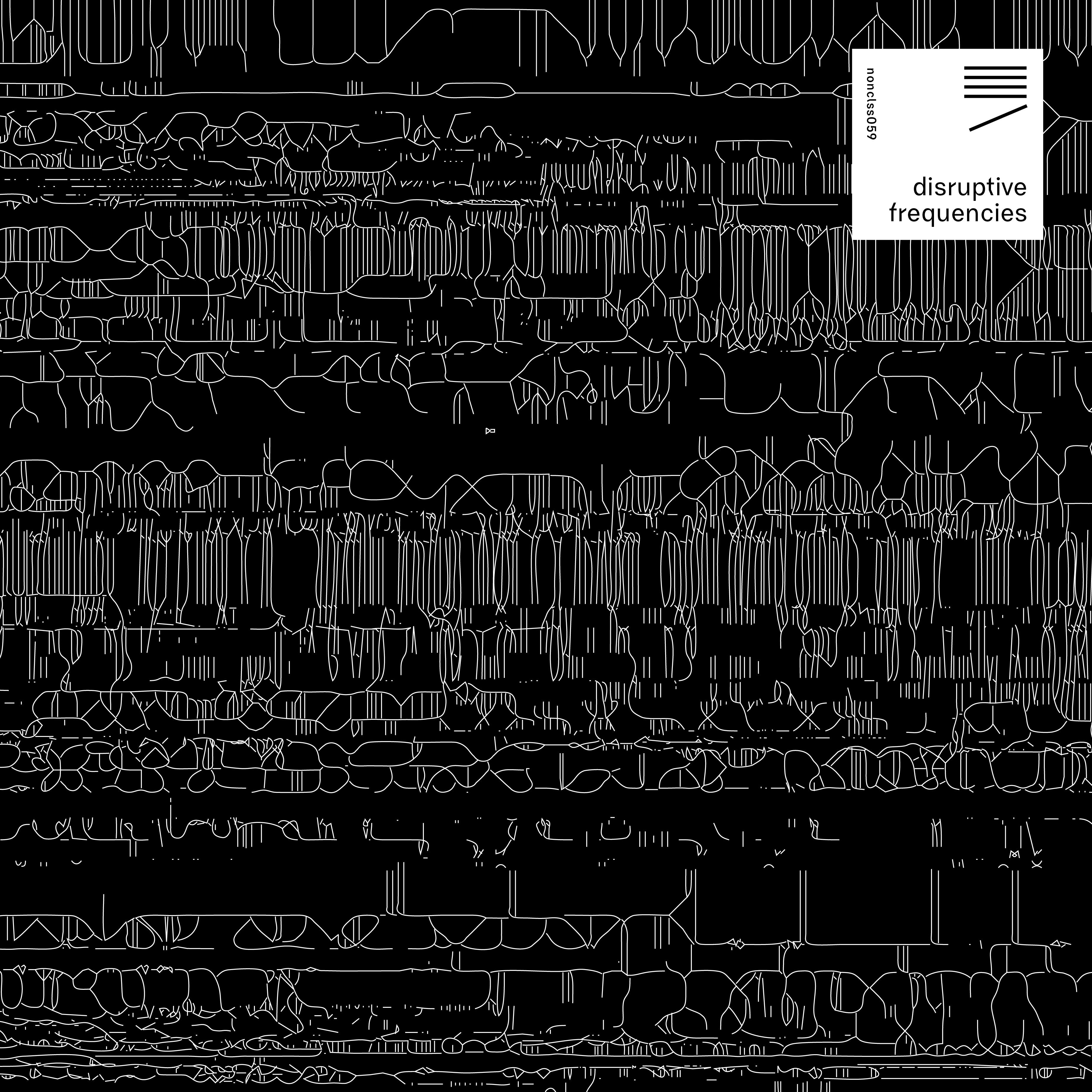
A comprehensive track by track guide to an essential compilation of Black and South Asian avant-garde electronic music, aiming to redress white, Eurocentric homogeneity in leftfield sound creation and music making.
The paradox of contemporary experimental electronic music; the formal multiplicity of its execution, yet the predominantly white, Eurocentric homogeneity of its practitioners. Consider the backgrounds of those who make this music. There are exceptions, but the prevailing composition seems uniform and predisposed to a Western monoculture. The more experimental electronic music changes, the more experimental electronic music stays the same.
‘Disruptive Frequencies’, a compilation borne out of research conducted by the sound artist and researcher Amit Dinesh Patel aka Dushume, aims to redress the racial and cultural imbalance of experimental incarnations of electronic music, by compiling and championing the output and practice of Black and South Asian artists, a demographic which is still severely underrepresented within leftfield sound creation and music making.
The conception of the compilation began with the project ‘Exploring Cultural Diversity in Experimental Sound’ hosted in the Sound / Image Research Centre at the University of Greenwich in London, an assignment led by Patel. One component of this research became ‘Disruptive Frequencies’, in which Patel, together with five other Black and South Asian experimental & electronic artists, recorded new music to release as part of the compilation.
Those artists include Patel, an experimental noise and sound artist in his own right, influenced by Asian underground music and DJ culture, interdisciplinary artist and member of the multi-media research and performance project Dubmorphology, Gary Stewart aka Bantu, experimental electronic musician & founding member of Asian Dub Foundation, Aniruddha Das aka Dhangsha (Das has also collaborated with the likes of Yao Bobby & Simon Grab), the wildlife and environment-focused sound artist & composer Nikki Sheth, the polymathic DJ, producer, composer & turntablist Nicole Raymond aka NikNak (a previous Ransom Note mix guest, who has remixed Philip Glass) and the experimental composer & sound artist Poulomi Desai, who explores the use of augmented sitar as well as noise and electronics in her work.
Their contributions to the compilation traverse elemental ambient, protean soundscapes, vivid field recordings, incendiary noise, fathomless low frequencies and sternum-rattling bass, and altogether intense and enterprising renderings of electronic music. Within these works, the disciplines of sound manipulation, turntablism, audio fragmentation & sound collage are deftly integrated, making for a rich panorama of Black and South Asian avant-garde electronic music, one which celebrates and cultivates the output of new and established artists, across a spectrum of DIY, academic, and dance music methodologies.
What better way to honour the scope of this compilation; the research underpinning its curation, and the reparative intent driving its inspiration, then for the artists to speak about the project in their own words, without the imposition of critical bias, potentially diluting and misinterpreting proceedings?
Here, they deliver a comprehensive overview of the compilation, in the form of a track by track guide to ‘Disruptive Frequencies’. Chronicling the experiences, impressions and influences that fed into this material, the artists describe the process of producing odes to the Technics 1210, incorporating the contorted voices of Toni Morrison and Octavia Butler, recording the teeming sounds of urban and natural wildlife (foxes, woodpeckers, birds), the related threads of electro-magnetism and chaos theory, the impact of Bengali poetry, and more. They also elaborate on why a considerable portion of ‘Disruptive Frequencies’ evokes visions of blizzards, monsoons, and thunderstorms. Read on and tune into the ‘frequencies’ below.
‘Black and South Asian artists are often ignored even when their works flourish within the experimental sound paradigm. Our research shows that more needs to be done to make experimental music an inclusive, accessible and open space for these underrepresented artists. Support mechanisms need to be put in place like this collaboration with Nonclassical whereby the artists and their unique sound works are foregrounded at the core, and the music practice nurtured for exposure. These Black and South Asian artists take you through a journey by redefining existing sonic art cultures that reside in experimental electronic music. Disruptive Frequencies is a testament to that!’ – Amit Dinesh Patel aka Dushume
Track by Track is a series on The Ransom Note in which we ask an artist to describe each track on their album within a particular framework. By using the starting points of: Inspiration; Colour; Season and Setting as descriptive points for each of the albums tracks, the aim is to collate a tangible, cohesive description of an LP.
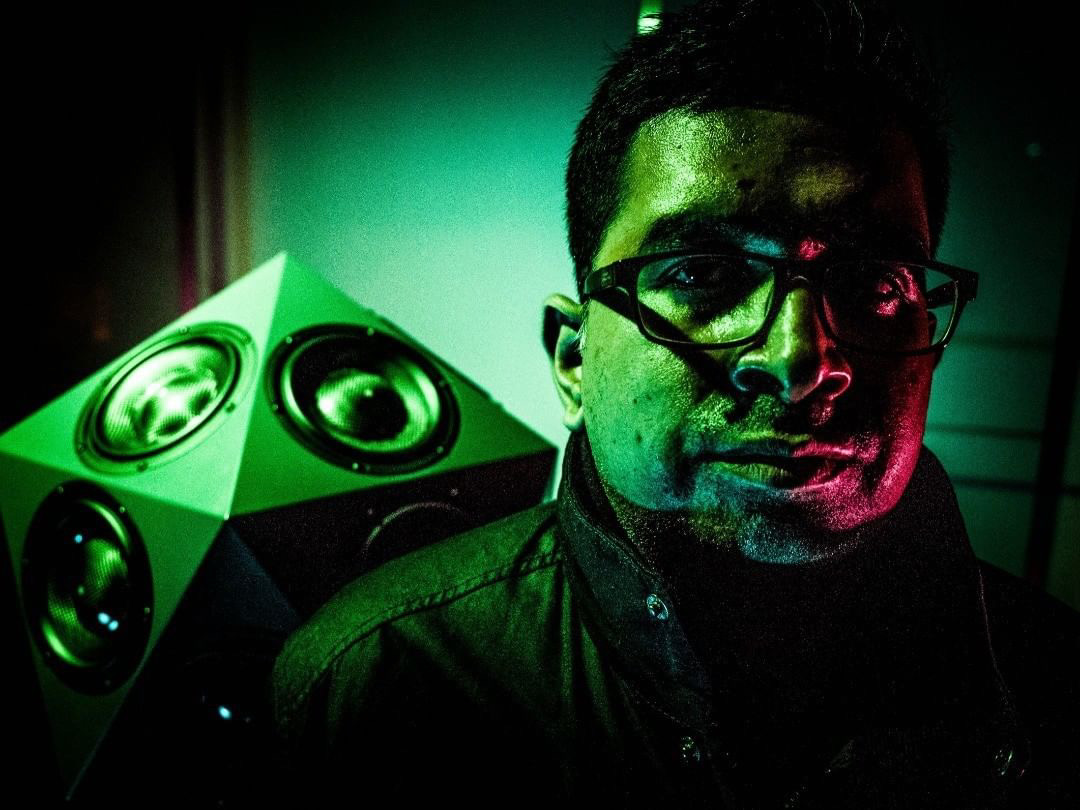
Dushume
Track Name(s): Chakria & Avartan
In this release these studio works Chakria and Avartan have their own audio identities but they are more intertwined, and in many ways related. For example, I would associate the term and colour Black with both studio works, as the colour sets the scene, and evokes a mood whereby both pieces are dark and visceral in nature. Although dark in sound, I relate both of the works to the autumn periods or as part of the Indian Summer as both pieces were conceived around this period.
I tend not to work with concepts when working in the studio, rather the concept finds me and as such are applied poetically afterwards. This is usually when I have developed a relationship with the sound materials. Largely, my practice involves improvising and working with DIY bespoke sound(-making) objects, and no external sound sources are used in the production of these studio works. Sounds and raw noisy materials are gathered and found by playing and pushing the instruments to its extreme, and it’s the sounds within the artefacts of the instruments which interests me the most and these are heightened such as the piercing harsh noises and low frequency hums. Recordings are treated like a DJ mixtape in these works by incorporating extended DJ looping, remixing and re-editing techniques. Both tracks embrace the aesthetics of failure.
Chakria was inspired by circular motifs, repetitions, rhythms and spirals. The duration of the piece is an ode to the Technics 1210 turntable, which, with its rotations, has brought joy to many, and has been an instrument of choice by DJs globally. Rotations is a theme that emerges in my practice and in particular this studio work emphasises and highlights the narratives of cyclical unconscious bias’, heightening the need for increased electronic music diversity.
Avartan explores how noise and sound induced music should be felt as vibration, rather than heard with the cochlear. Low frequencies, harsh recurrences, repetitions and cyclical motifs exist in entanglements within this studio work too. The main inspiration about this work is lower tones and these are not often favoured nor a key part of the discourse when it comes to experimental music. Avartan challenges this neglect of bass and sub frequencies in most existing works. As such, the piece is another call to arms to address the lack of diversity and representation within the broader fields of the arts, academic, experimental, electronic music, and sound circles, in terms of both aural and cultural diversity with Black and South Asian artists.
Ideally, both tracks should be played on a sound system that respects and has the bottom end to appreciate all the frequencies which matter! Both works also poignantly allow for varying volume and different modes of listening with a nod to hearing differences, whether it be through vibrating floors, dub soundsystems, loudspeakers or headphones.
My practice as Dushume asks many questions about the traditional fields of electroacoustic music, and these studio works move in improvised irregular loops and iterations by immersing the listener in brutal noise & bass, and embracing soundsystem culture in an entanglement.
Black and South Asian artists are some of the least represented ethnicities within the broader field of experimental sound and music practice. These studio works reflect on the lack of diversity and underrepresentation.
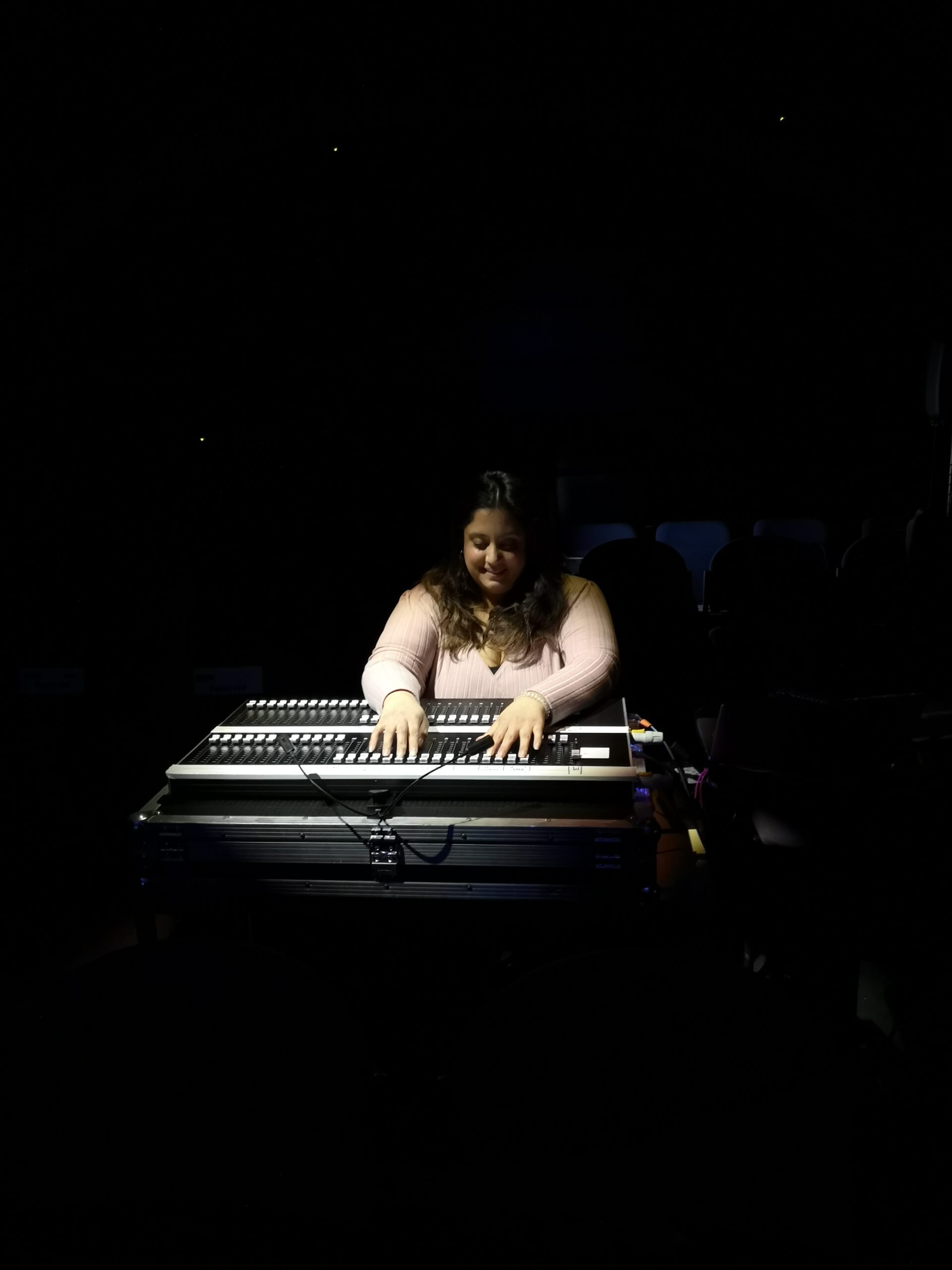
Nikki Sheth
Track name: Pemberton Gardens
Colour/s What colour most relates to the track?
Green. Maybe an Olive Green or a kind of earthy green.
Season: What season most relates to the track?
Definitely summer. Most of the recordings were taken in the summer.
Inspiration: What was the inspiration behind the track’s creation, was it another piece of music, some other experience etc?
I started taking recordings from my bedroom window because it’s the first time I have lived in central London and I was surprised to hear how noisy the natural soundscape is even though this is a very dense and built-up area. I was inspired to document this wildlife from my window and turn this into a long-term project. I recorded a very noisy fox in the spring. She had three cubs and they spent the whole of the summer together playing, growing and adventuring and then in autumn they had grown up and left their den and the whole cycle started again. I also recorded a woodpecker that only visited once, as far as I know. So, I was really lucky to record this unique sound that reflects off the surfaces of the houses in the area. I spent around ten months recording and then created this piece which is a sonic exploration of the wildlife that has adapted to and is thriving in an urban area. It’s a sonic window to the wildlife at Pemberton Gardens.
Setting: Where were you when you came up with the idea for the track and what do you think would be the ideal setting for it to be heard? It was probably in the middle of the night when I was kept awake by the foxes and decided to get my field recorder out and turn this into a piece. I think it would be best heard while relaxing by an open window on a summer evening and imagining the wildlife that surrounds you in your everyday life.
Track Name: Sandwell Valley
Colour/s What colour most relates to the track?
Blue. Something that reminds you of water.
Season: What season most relates to the track?
Spring – again this is when I took the recordings and when lots of birds had offspring.
Inspiration: What was the inspiration behind the track’s creation, was it another piece of music, some other experience etc?
I wanted to record at this RSPB site in Birmingham and capture the sound of these different species of birds. I arranged to do some overnight recordings on location but unfortunately the birds thought my windjammers were little creatures so stole them within an hour of me leaving my equipment on site and the recordings ended up being really windy. The piece comments on the different species and territories that each family of birds occupies within the site. I found when looking out from the hide, there were clear groups and families of birds in different areas; Oyster Catchers, Canada Geese and Lapwing to name a few. This division of territory creates the structure of the piece.
Setting: Where were you when you came up with the idea for the track and what do you think would be the ideal setting for it to be heard?
I think I was thinking about this idea ever since the first time I visited Sandwell Valley because it is a really beautiful site and I remember seeing and hearing so many subtle, different types of sounds, the birds skimming the water, wings flapping overhead and the different bird calls. I think you could listen to the piece anywhere and let your imagination create an image of this place.
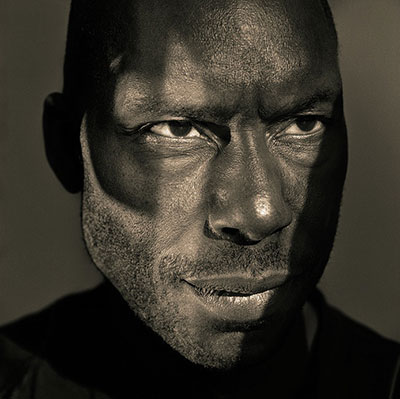
Bantu
Track Name(s): Dark Energy Live Stream Track 1 & Dark Energy Live Stream Track
Colour/s: What colour most relates to the tracks?
Graphite illuminated by iridescent surfaces that appear to gradually change colour as the angle of view or the angle of illumination changes. Indeterminate and refusing to be defined, categorised, captured and contained. Why Graphite? You need to peer, look closely, and examine what’s going on, it’s not just a given, easily consumed, it will not wash over you. Interaction and engagement are required.
Season: What season most relates to the tracks?
A thunderstorm with torrential rain. If you give yourself over to it and succumb to it, then interesting patterns and complex rhythms begin to emerge that captivate you. Order begins to emerge in between the seemingly unpredictable behaviour of the torrential rain punctuated by crescendos from the thunderstorm and background noise. Lean into it, don’t seek cover and you will be rewarded.
Inspiration: What was the inspiration behind the track’s creation, was it another piece of music, some other experience etc?
I was inspired by the rungler [module] from the Dutch synth designer Rob Hordijk and his experiments in designing systems that invite performers to improvise using the principle of chaos theory. I absolutely adore the ability to derive repetitive elements through feedback where you capture and recycle the primary signal. Nudging the initial condition to set off unpredictable but related behaviour. Is it musical? I have no idea. Can I and do I spend hours captivated by the transition between different states as it desperately tries to find balance? Absolutely, yes. I am inviting you to join me in this sonic journey of discovery with no expectations.
Setting: Where were you when you came up with the idea for the track and what do you think would be the ideal setting for it to be heard?
The tracks emerged as a dialogue between me and an electronic system that is an instrument with no particular signature sound. Having said that, I ride the filter and cut off which gives the tracks some familiar grounding in contemporary electronic music making but I spend most of my time just feeling my way through the sonic terrain that is created. Unpredictable yes, but also nuanced. There is a vast tonal palette, so it has limitless expressiveness, discipline is required. A heavyweight system is a prerequisite to really appreciate what’s going on. It’s not about loudness, more dynamic range and the shift from maximum and minimum density creating contrast.
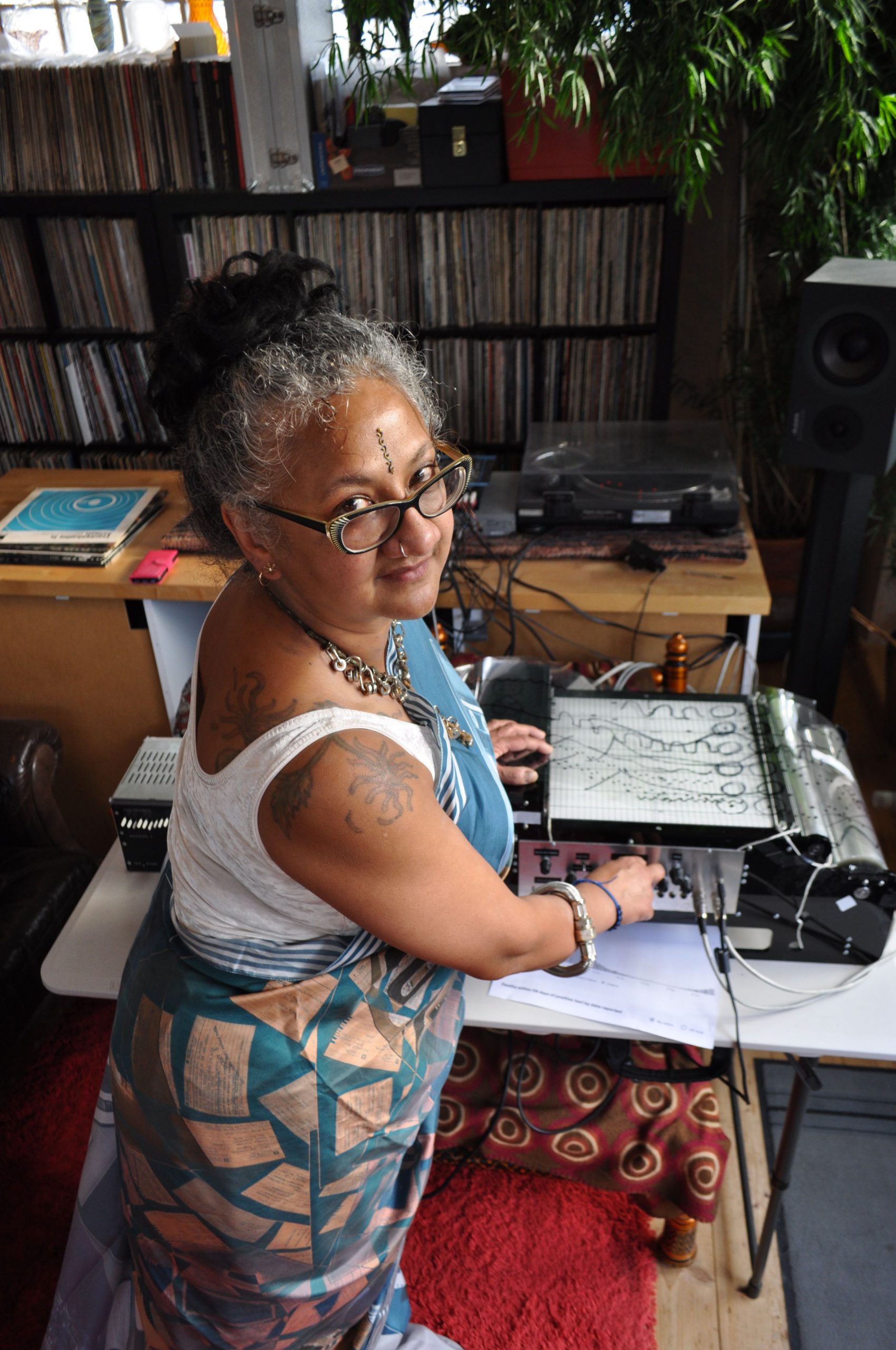
Poulomi Desai
Track Name(s): The Vichitra, Queer conjurations from us & Electromagnetic signals from our raging Black Earth, all our flora and fauna are burning
Colour/s: What colour most relates to the track?
All the colours of lightning and black space – shyam.
Season: What season most relates to the track?
Monsoon
Inspiration: What was the inspiration behind the track’s creation, was it another piece of music, some other experience etc?
My childhood fascination with the physics of the world, stars, radios, electro-magnetism, and recording experiences of being in storms and monsoons, wild weather and seas.
Setting: Where were you when you came up with the idea for the track and what do you think would be the ideal setting for it to be heard?
The Vichitra, Queer conjurations from us
Ideal setting would be outdoors in the elements in a thunderstorm with hundreds of people doing garba raas spirals in the rain.
Electromagnetic signals from our raging Black Earth, all our flora and fauna are burning
I was recording VLF waves in what felt like an anti-gravity thunderstorm in Yorkshire very high up near a transmission tower – it was risky and exhilarating. Ideal setting would be back outdoors in the elements in a thunderstorm.

NikNak
Track Name(s): Combative Embers & Swirls
Colour/s What colour most relates to the track?
Combative Embers – orange, reds, white, mustard yellow
Swirls – Blues, whites, greys and black
Season: What season most relates to the track?
Combative Embers – the warmer side of autumn, just before everyone goes back to school and there’s a little bit of brown coming through on the leaves.
Swirls – Winter, more specifically an intense snow storm with humongous winds, or a robot’s interpretation of a blizzard.
Inspiration: What was the inspiration behind the track’s creation, was it another piece of music, some other experience etc?
Combative Embers – It was an improvised scratch performance with warped voices of Toni Morrison, Storm from the X Men animated series and Octavia Butler. I felt it was important to have the voices of black women warped in this way that makes it very disjointed and strange, but still have familiar phrases or words be said that brings you back to attention.
Swirls – Another improvised piece during a live performance but I wrote additional musical elements to it as well in post[-production].
Setting: Where were you when you came up with the idea for the track and what do you think would be the ideal setting for it to be heard?
For both tracks, I had been performing elsewhere and wanted to bring that live element quite literally into the tracks as authentically as possible. Both sum up what I’m able to do live, with Swirls having more ‘post-production’ elements intertwined in there.

Dhangsha
Track Name: Mahapralay
Colour/s: What colour most relates to the track?
BLACK
Season: What season most relates to the track?
SUMMER
Inspiration: What was the inspiration behind the track’s creation?
‘Mahapralay’ means ‘time of upheaval’ or ‘great cataclysm’. It’s taken from the line of the poem ‘Bidrohi’ by Bengali poet Kazi Nazrul: “Mahapralayer ami nataraj / ami cyclone, ami dhangsha” which means “I dance through the great cataclysm / I am the cyclone, I am the destruction.” (Dhangsha means ‘destruction.’) It’s inspired by the emergence of the Black Lives Matter movement and the subsequent actions and debates it generated.
Setting: Where were you when you came up with the idea for the track and what do you think would be the ideal setting for it to be heard?
I was watching reports of agitation and demonstrations in the wake of the murder of black citizen George Floyd in the US in 2020. The ideal setting for it to be heard would be through a massive mono dub sound system on the White House lawn or in Trafalgar Square.
Track Name: Germinate
Colour/s: What colour most relates to the track?
PURPLE
Season: What season most relates to the track?
SPRING
Inspiration: What was the inspiration behind the track’s creation?
The title and piece Germinate was inspired by finally being able to manifest musical ideas that had been sparring inside my head for a long time, that had developed through much research, frustration, practice and performance. A new creative phase or beginning.
Setting: Where were you when you came up with the idea for the track and what do you think would be the ideal setting for it to be heard?
I was walking through the park with my headphones on during lockdown, taking photographs of wild flowers.
The ideal place for the track to be heard would be over the PA at the main stage at Glastonbury or Fuji Rock Festival, Japan, because it’s time for experimental sounds to not be the sole preserve of intellectual elites sitting in their posh enclaves, but accessible to a wider audience and an integral part of popular culture – much in the same way modern and abstract visual art is viewed and appreciated in public galleries.
‘Disruptive Frequencies’ is out now via Nonclassical, info / listen HERE.

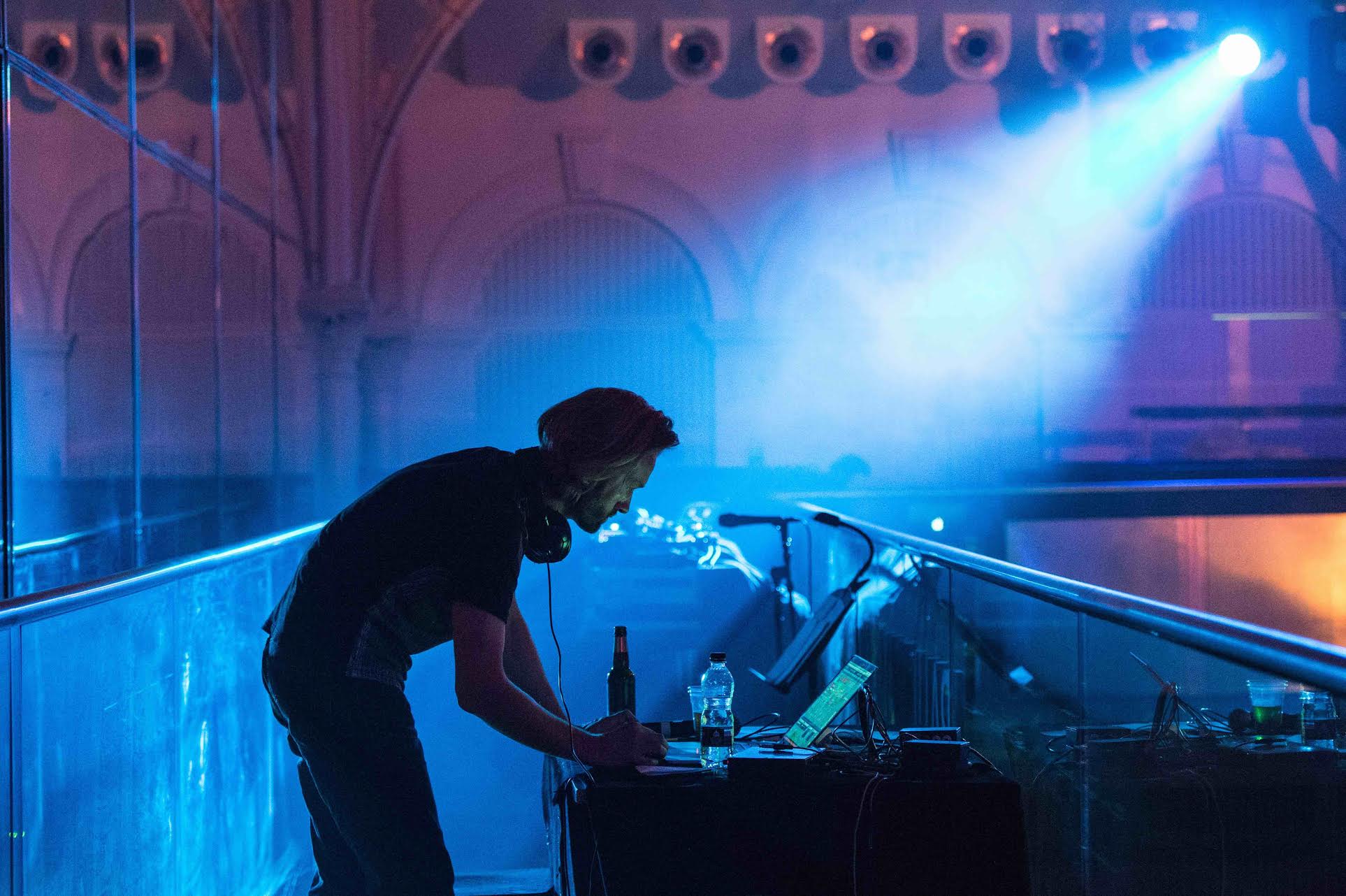
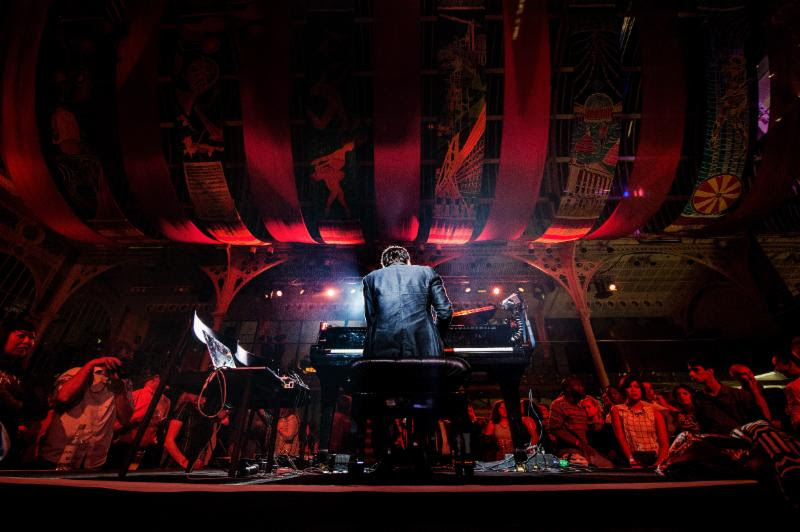
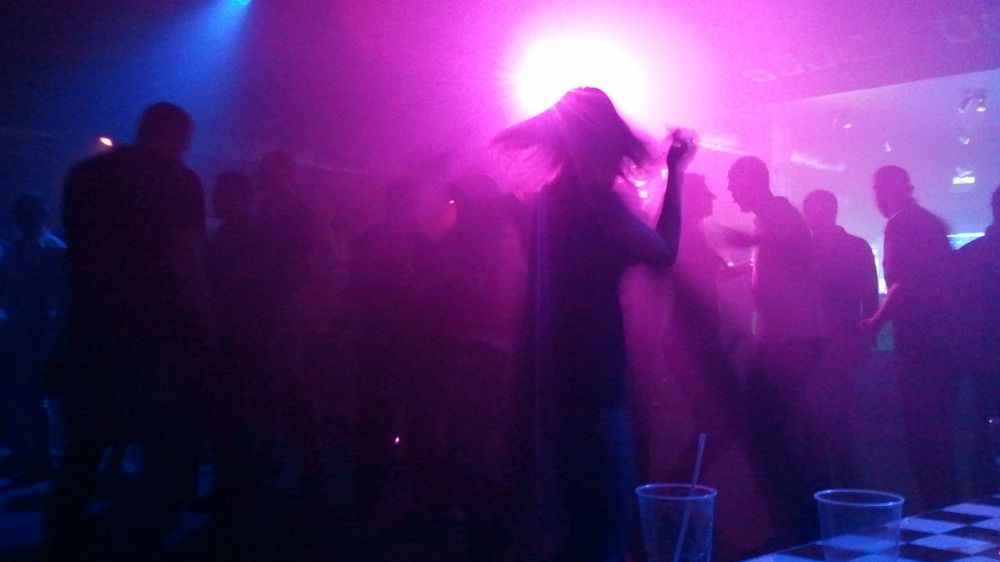
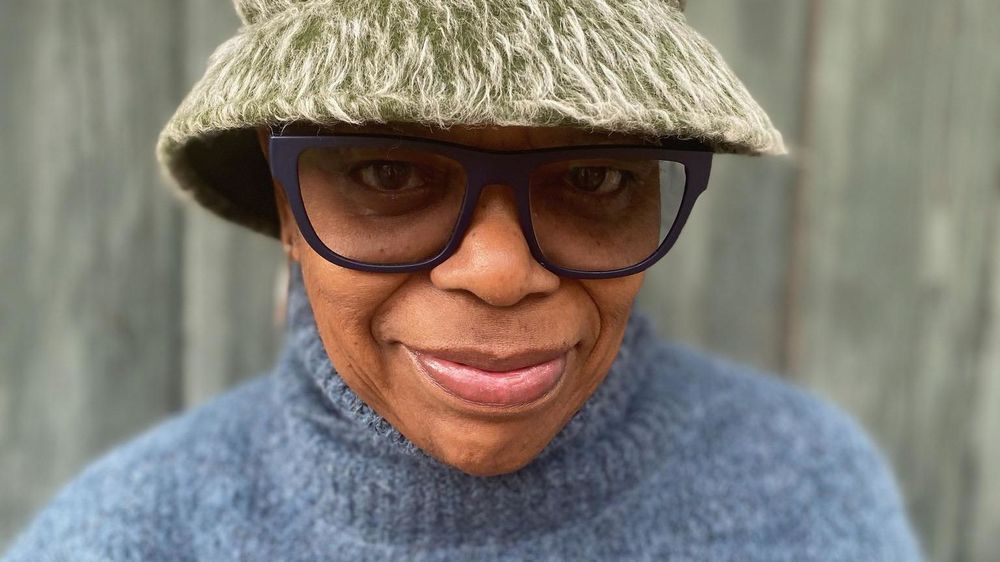
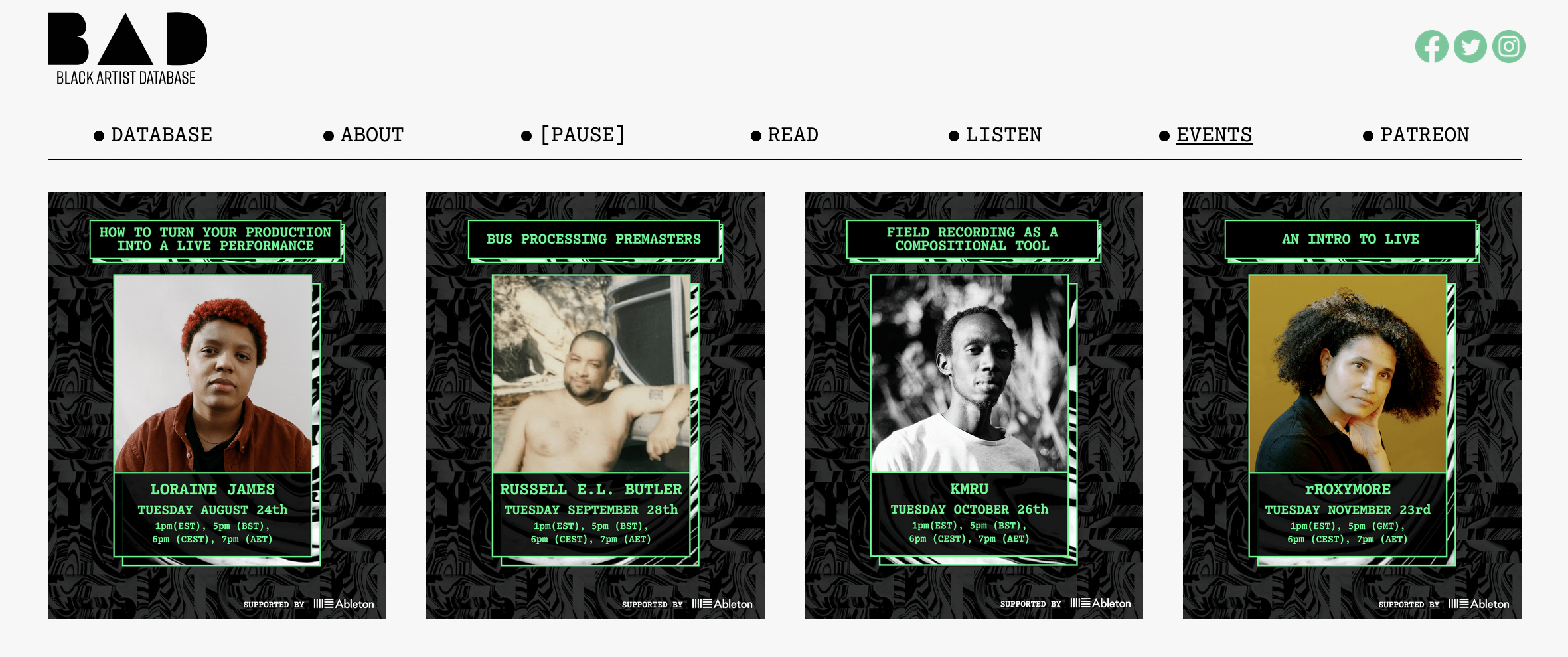

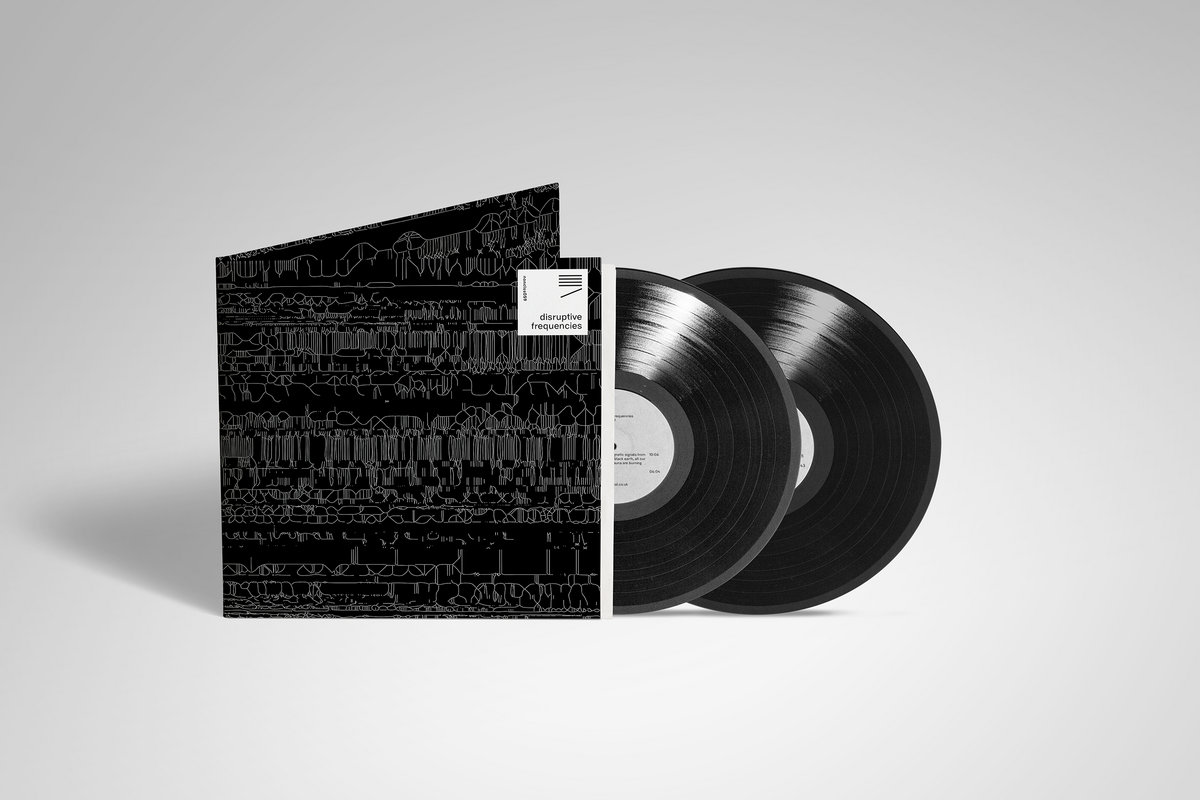











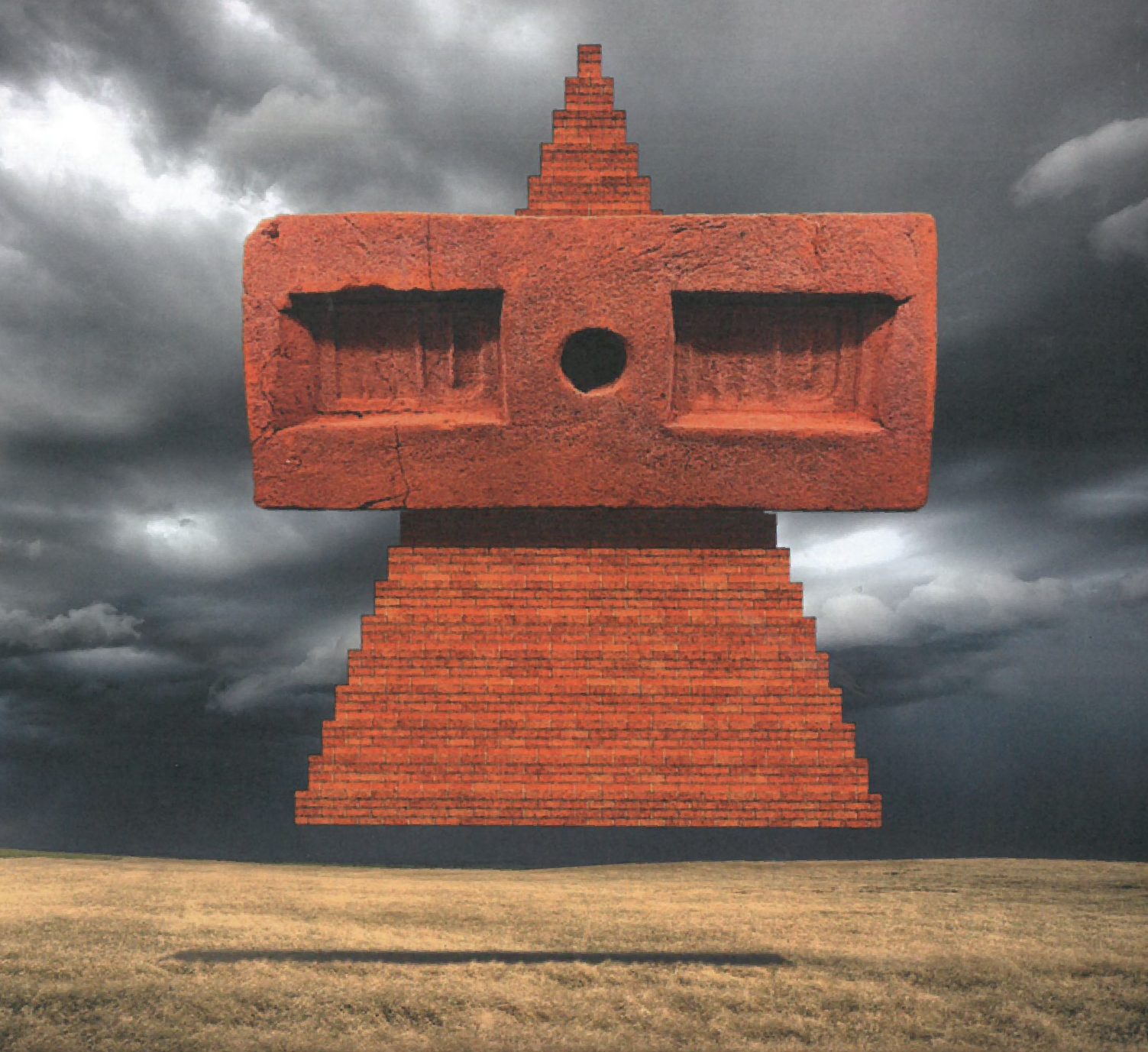
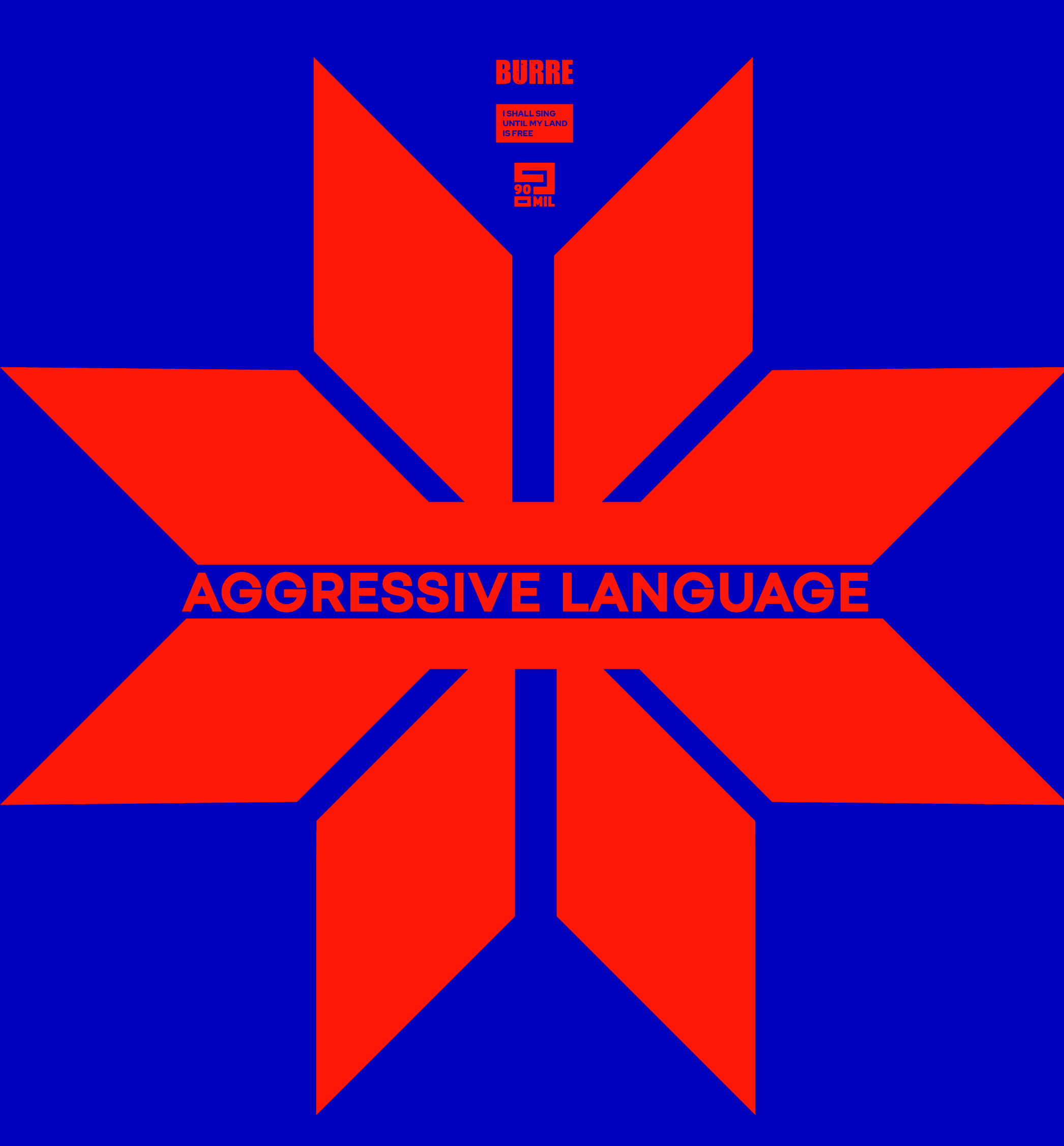
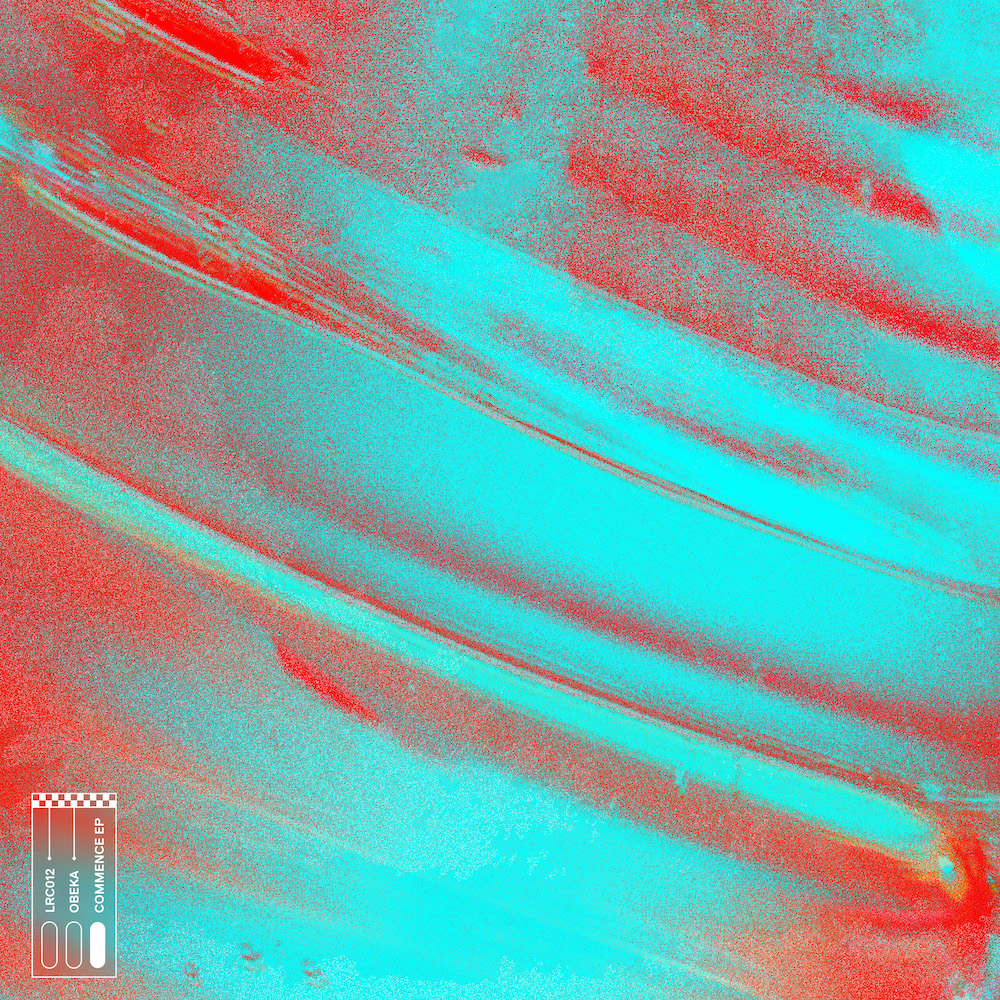



Must Reads
David Holmes – Humanity As An Act Of Resistance in three chapters
As a nation, the Irish have always had a profound relationship with the people of Palestine
Rotterdam – A City which Bounces Back
The Dutch city is in a state of constant revival
Going Remote.
Home swapping as a lifestyle choice
Trending track
Vels d’Èter
Glass Isle
Shop NowDreaming
Timothy Clerkin
Shop Now